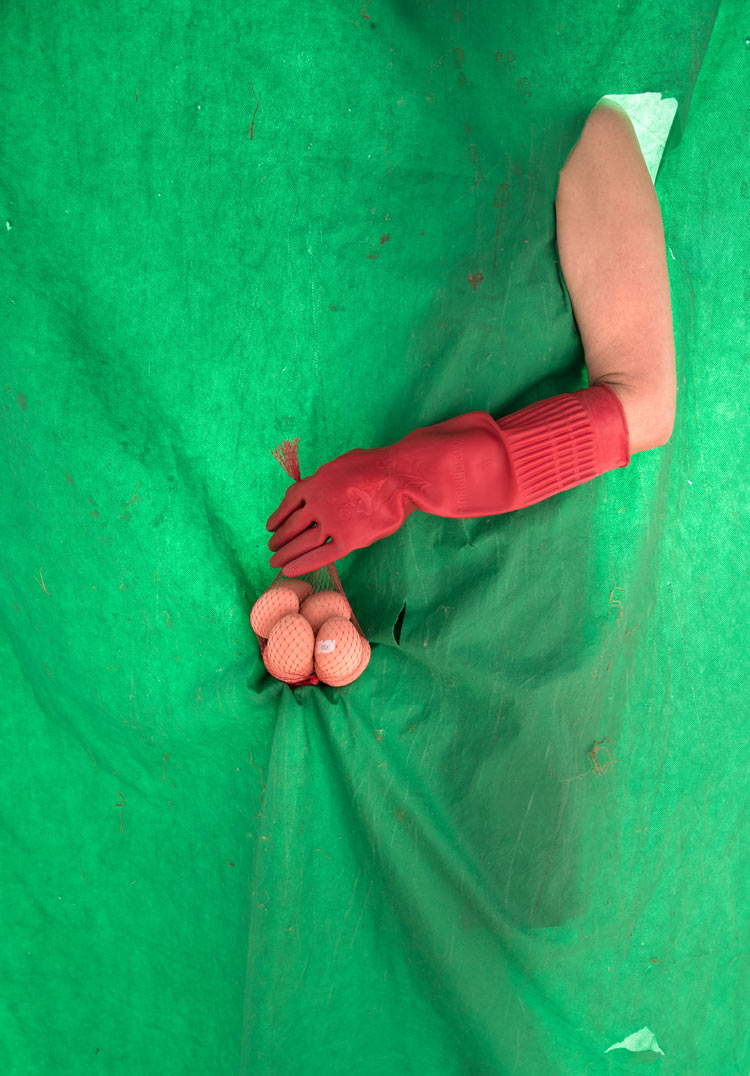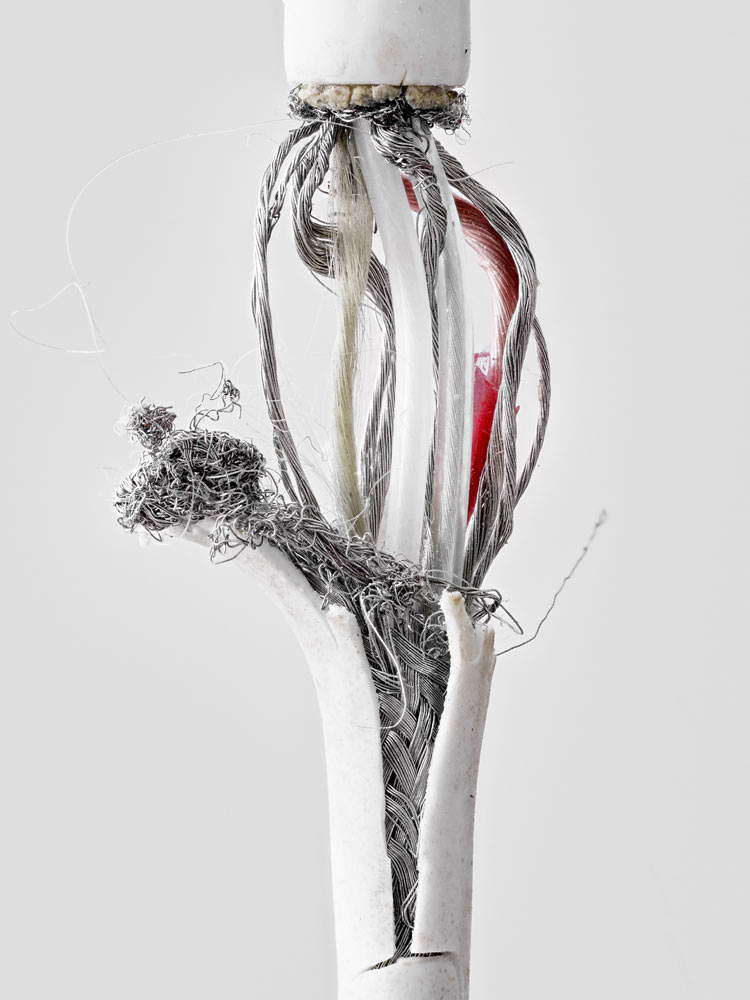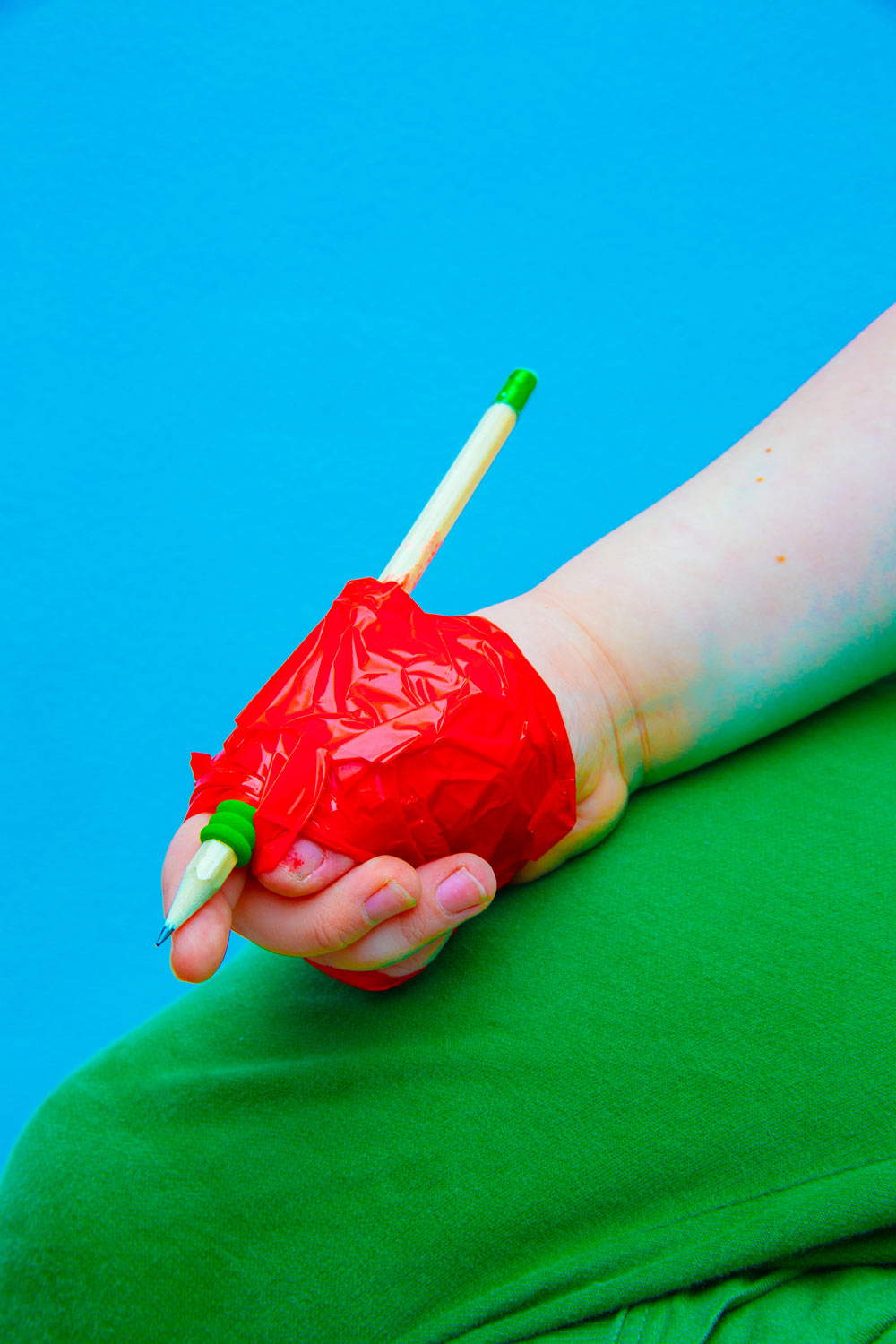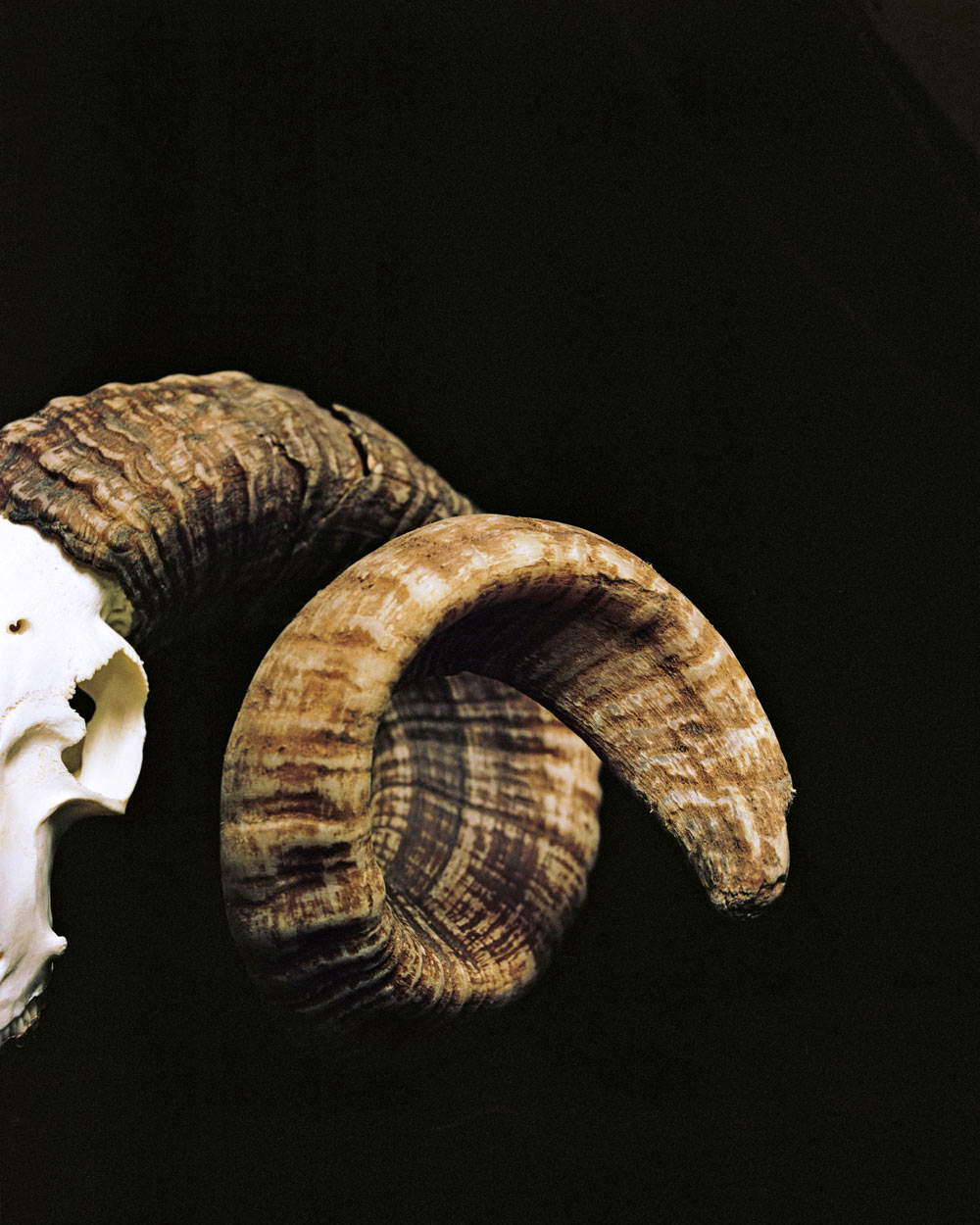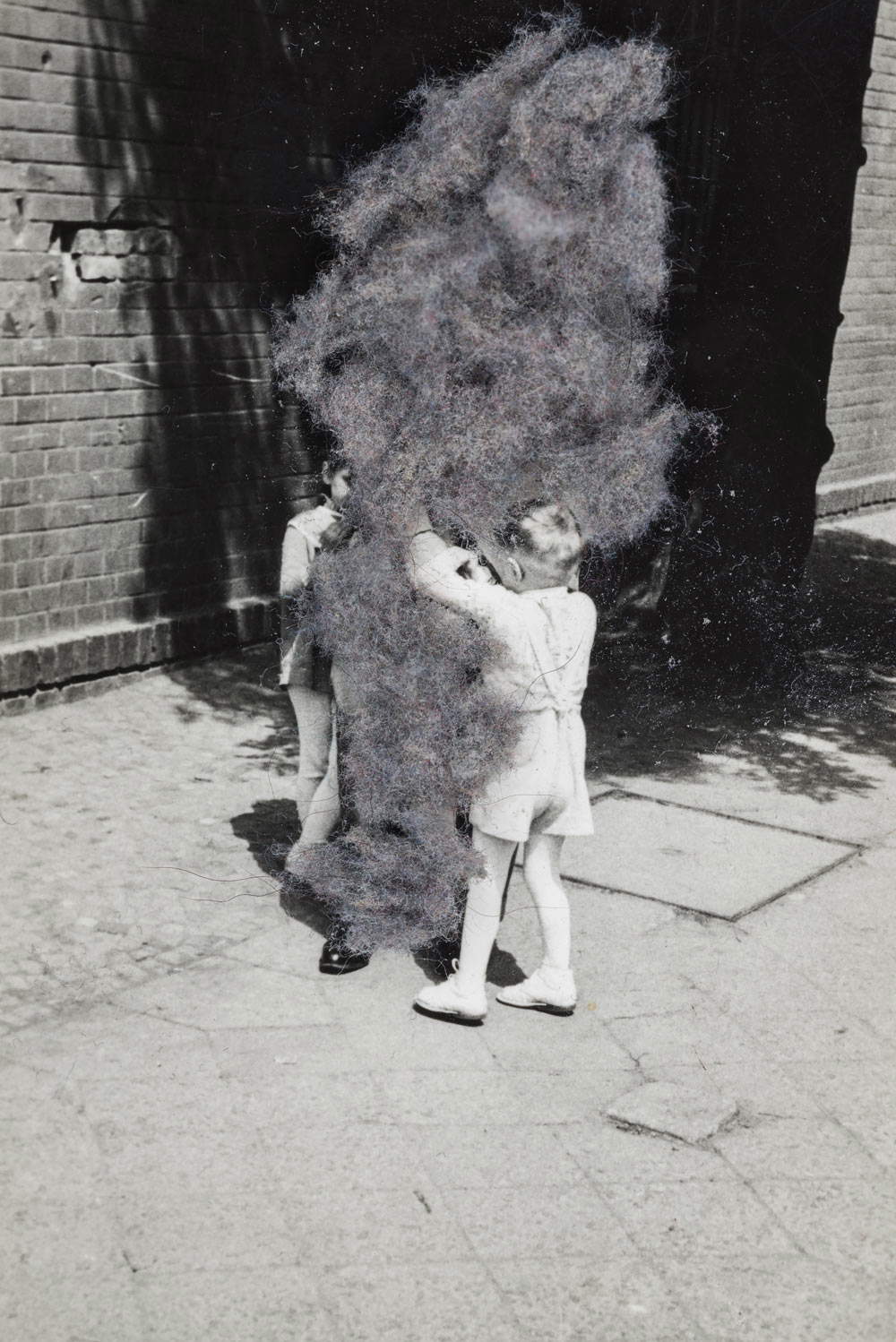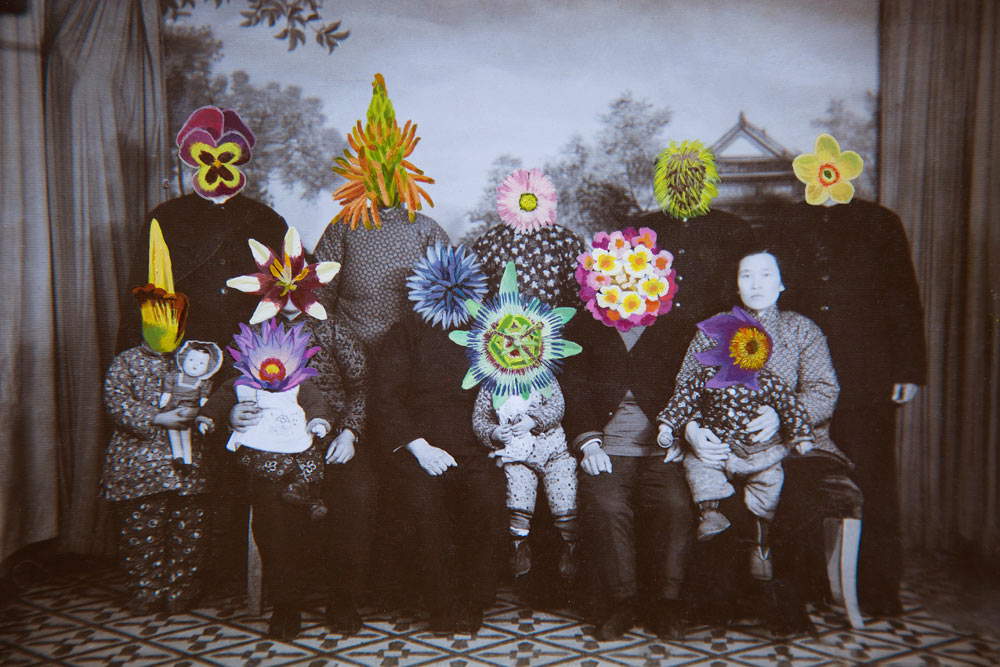by Redazione , published on 01/07/2020
Categories: Exhibitions
/ Disclaimer
The Musée de l'Elysée in Lausanne is hosting the regeneration4 exhibition, the fourth edition of the five-year photography review, from July 1 to Sept. 27, 2020.
Photography is often a vehicle for urgent topics of current events: through the images depicted, one has the opportunity to deal with more immediate topics that are complex to express, getting directly to the core of the issue. Images tell situations, denounce facts, provoke feelings, which is why photography, in addition to being a work of art, is increasingly becoming a means of communication, especially in recent times. In fact, contemporary photographers are using their shots to give a more direct and immediate expression to the many issues that the current world confronts us with, to invite the viewer to reflect on them and, perhaps, to try to find answers or solutions, to provoke a debate on issues that have been open for some time or have recently been unleashed, anyway.
Issues such as ecology, gender equality as seen particularly from a female perspective, digital culture, and the economic challenges facing artists in an increasingly complex context are the focus of reGeneration4. The Challenges for Photography and Its Museum of Tomorrow, a group exhibition of contemporary photography that runs from July 1 to September 27, 2020, at the Musée de l’Elysée in Lausanne, the Swiss museum venue that has been fully and passionately dedicated to photography for thirty-five years and is among the best-known museums for photography in Europe. The museum consists of the collection of more than one hundred thousand photographs ranging from the shots of one of the first photographers to experiment with color images, Gabriel Lippmann, to the great contemporary photographers such as Sebastião Salgado, Annie Leibovitz, Oliviero Toscani, Jeff Wall, Frank Schramm, Carlo Valsecchi, and many others (in addition, since 2011 the museum has had the entire collection of Charlie Chaplin’s photographs: a collection of about ten thousand images).
Returning to the exhibition, it can be said that reGeneration was first launched in 2005 and has been held at regular five-year intervals ever since: the 2020 one is therefore the fourth edition of the exhibition, and it will have a double soul, because on the one hand it will be a sort of historical “review” of the 2005, 2010 and 2015 editions, while on the other hand it will constitute a reflection on the future that will be addressed through thirty-five artworks, selected out of a number of 258 applications received by the organization, from 49 different countries.
The mainfocus of reGeneration, curated this year by Pauline Martin and Lydia Dorner,remains the theme ofengagement, both on the part of the artists and the museum. And it is an engagement that concerns the past, the present and the future, three moments that are approached from the perspective of the theme or event they want to bring to the public’s attention. So here the photographers focus on topics that are very much felt and part of the public debate: immigration, war, violence, the construction of identity, the climate emergency. The museum, as a democratic space that is open to dialogue, accessible and inclusive, and driven by the goal of guaranteeing access to culture for all (as well as providing the tools necessary to understand it), is, moreover, very vigilant when it comes to the way it relates to the public and its ability to provoke debates through the works of the artists it exhibits.
The points mentioned above (ecology, gender equality, digital culture, and economic challenges) are the four foundations of the review , and the curators guide it both theoretically and practical level: for example, the choice among the nominations took into account equal opportunity (the 35 artists chosen are 18 women and 17 men, coming from 21 countries on five different continents: the youngest artist is from 1997, the oldest from 1975, the average age is 31). This edition is the first that has been organized with totally environmentally friendly set-ups, all participating photographers will receive compensation for their work, and from a digital point of view, this is the first edition of reGeneration that will have its own virtual counterpart (it will be unveiled on the website and will offer the public the best that the reGeneration community has produced in the past fifteen years).
Regarding the theme ofecology, the exhibition will display some strong images depicting the daily life of polar bears in artificial habitats , photographs of polluted rivers in New York that are meant to make us think about the pollution of our aquatic systems (without which there would be no life on the planet), and video installations that emphasize the contradictions of a world where the ice is melting but at the same time is traversed by mass tourism. Ecology, as anticipated, is also one of the goals of the design of the installations, from their concept to their realization through process management. In fact, the Musée de l’Elysée, with reGeneration4 ishosting its first exhibition guided by principles of eco-responsibility: in particular, local suppliers were chosen, ecological inks and recycled paper were used, and existing panels were reused for half of the exhibits. Each item specifically designed for this exhibition was designed to reduce the environmental impact of its production cycle and, where possible, to be used again on future occasions. A list of all the ecological actions that were followed in creating the exhibition is available on the museum’s website.
With regard to the theme ofgender identity, the public will be able to see numerous images that address topics such as gender expression, gender inequality, violence, and how society and culture perceive problems related to this fundamental issue. Great space then also goes to digital, which plays a key role in this fourth edition of reGeneration, both from the point of view of the photographers and the museum. Many photographers, in fact, have based their work on issues concerning digital technologies: the research of several artists in the exhibition, for example, focuses on the contrast between the tangible nature of materials and the intangible nature of digital innovations, others have examined the theme of the flow of images that crosses our lives on a daily basis, and then again there is talk of the obsolescence of technological tools, as well as the ambiguities of our lives that run on the edge of the real and the virtual. For the occasion, the LabElysée, the experimental area of the Musée de l’Elysée dedicated to digital culture, will be enriched by an installation inaugurated as part of the exhibition: it will be a complementary moment to the review. The installation will take the form of a kind of map that will create the basis for an interactive archive of the artists that the Musée de l’Elysée has presented in its halls since the reGeneration program was founded fifteen years ago.
“The first observation,” says curator Pauline Martin, "is that the works that have applied for reGeneration4confirm the flexibility of photography, the broad spectrum of perceptions about it, and, not least, the degree of openness expected of a museum dedicated to this art form. Is there room in a photography museum for a sculpture created from a diagram based on an aerial image? What about a short film or virtual reality piece that promises a walk through a fictitious three-dimensional world? The process of selecting the works did not give a definitive answer to these questions, which were left open in such a way as to allow the medium to experience all of its limitations and porousness. We know that photography can take many forms (installations, books, videos, objects, found images, sounds, sculptures, paintings). The works nominated for reGeneration4 areno exception to the rule, and it is past time to take stock of the diversity of its practices. This is not the place to determine what photography is or is not, but to consider all its possibilities. We will begin with the principle that the photographic medium lends itself to a wide range of lenses, uses, and forms; the museum that accepts this should also be able to renew itself in accordance with artistic, social, and technological evolutions. The issue in this edition is not so much to identify the major trends in contemporary photography, but to determine the major concerns of photographers, which is something that a museum dedicated to their work should be in a position to address. The research that reGeneration4addresses has caused some of these to emerge, while also foreshadowing some of the challenges that the Musée de l’Elysée would like to address in its new home, which have served as guidelines for this transitional exhibition."
“Since its inception,” says Lydia Dorner, "reGeneration has envisioned a platform for sharing, a place for meeting and collaboration that wants to extend beyond the concept of the ’group exhibition’ and the traditional bilingual catalog. Something that has the desire to involve, above all, the resources that are available in a museum institution, in terms of partnerships with other facilities. So from the beginning, the plan was to create a traveling exhibition, which was already an innovation in 2005. And even though this mode of operation then became more and more popular, the idea of planning an exhibition at its embryonic stage as something that can travel around the world in later years was still not so obvious. The first original aspect, in terms of ’community,’ lay in the fact that the Musée de l’Elysée’s professional network was immediately involved, offering its regular contacts the opportunity to welcome a project devoted to emerging international photography, and to show it on their walls. No fewer than ten museums, galleries and art centers responded positively, hosting events dedicated to the first edition of reGeneration between November 2005 and August 2009, sometimes even simultaneously. Five years later, when we began planning the second edition, we took a further step toward the idea of a dematerialized project: that is, we entered the era of the much-vaunted USB flash drives. Ready to be exhibited in every corner of the globe, the 189 works of the second edition certainly had their tangible existence in the forms of framed prints shown in Lausanne in 2010 and then elsewhere, but they could also be translated into a virtual existence, contained in small objects no larger than four centimeters by one, which enclosed the entire selection, ready to be printed. From then on, these 22-gig USB flash drives became the equivalent of two dozen travel containers, and they were ready to open new horizons. Easier, faster, and cheaper, this innovative system made it possible to circumvent all the organizational hurdles before us, affirming its usefulness. In 2020, the issue of the itinerant nature of the exhibition imposed on us a number of problems that, although new, were taken seriously. How to keep the project itinerant while seriously addressing issues concerning sustainable development? In more general terms, how to integrate growing ecological awareness into the context of an exhibition program designed primarily for traveling? This was one of the questions we addressed in the meeting ’What ecological transition for culture?’ held in November 2018 at the Centre Pompidou in Paris, which produced several scientific studies and reports on this issue. All the articles subsequently published agreed that the problem of transportation of works, artists, and curators was at the top of the priority list. Supported by these alarming considerations, we thought it was absolutely necessary to rethink the transportation problem, especially by offering alternatives to ’traditional’ traveling exhibitions."
The exhibition features the following artists: Jennifer Abessira (France), Erik Berglin (Sweden), Aline Bovard Rudaz (Switzerland), Rochelle Brockington (United States), Shaista Chishty (United Kingdom), Pablo Martín Córdoba (Argentina), Sébastien Delahaye (France), Abd Doumany (Syria), Cécile Dumas (France), Rebeca Gutierrez Fickling (Spain), Yuan Jin (China), Lasse Lecklin (Finland), Youqine Lefèvre (Belgium), Lucas Leffler (Belgium), Marcin Liminowicz (Poland), Sheng-Wen Lo (Taiwan), Asta Lynge (Denmark), Léonie Marion (Switzerland), Thandiwe Msebenzi (South Africa), Lena Oehmsen (Germany), Rosaliina Paavilainen (Finland), Mònica Pallí (Spain), Antonio Pulgarin (United States), Raphaela Rosella (Australia), Emile Sadria (Denmark), Jessie Schaer (Switzerland), Torsten Schumann (Germany), Simon Senn (Switzerland), Pacifico Silano (United States), Hayahisa Tomiyasu (Japan), Cristina Velasquez (Colombia), Nathaniel White (United Kingdom), Karolina Wojtas (Poland), Piotr Zaworski (Poland), Zhibin Zhang (China).
reGeneration4is accompanied by a catalog (in English and French) with complete worksheets and four essays addressing issues affecting current trends in contemporary photography. Below are photos of some of the works in the exhibition.
 |
| Antonio Pulgarin, from the series Fragments of the Masculine, 2017 |
 |
| Cristina Velásquez, Los huevos en mi casa los puso mi mamá (2019), from the series The New World, 2019 |
 |
| Émile Sadria, from the series Obsolete 2019, 2019 |
 |
| Erik Berglin, Tulip Variation #94, 2020 |
 |
| Jennifer Abessira, from the series #ElastiqueProject, 2011 |
 |
| Jessie Schaer, from the series Perception, du vide à la forme, 2019 |
 |
| Karolina Wojtas, from the series Abzgram, from 2017 |
 |
| Léonie Marion, Untitled (2017), from the series Soulèvements jurassiques, 2016-2019 |
 |
| Nathaniel White, The Tomb of a Refugee in Sicily (2018), from the series Routes, 2020 |
 |
| Piotr Zaworski, from the series Untitled, 2018 |
 |
| Raphaela Rosella with Gillianne, Mimi, Rowrow, Tammara, Tricia and their families, from the series You’ll Know It When You Feel It, 2011-2019 |
 |
| Rochelle Brockington, from the series Skin+ Hair Stock photos, 2018 |
 |
| Sébastien Delahaye, from the series La Bête des Vosges, 2017-2018 |
 |
| Sheng-Wen Lo, Zoo Blijdorp in Rotterdam, Netherlands (2016), from the series White Bear, from 2014 |
 |
| Thandiwe Msebenzi, Indawo yam - My place (2017), from the series Awundiboni - You Don’t See Me, 2015-2017 |
 |
| Yuan Jin, from the series Grow from Elapses, 2016-2017 |
 |
| Photography that tells the serious problems of the present. The fourth edition of reGeneration in Lausanne, Switzerland |
Warning: the translation into English of the original Italian article was created using automatic tools.
We undertake to review all articles, but we do not guarantee the total absence of inaccuracies in the translation due to the program. You can
find the original by clicking on the ITA button. If you find any mistake,please contact us.

